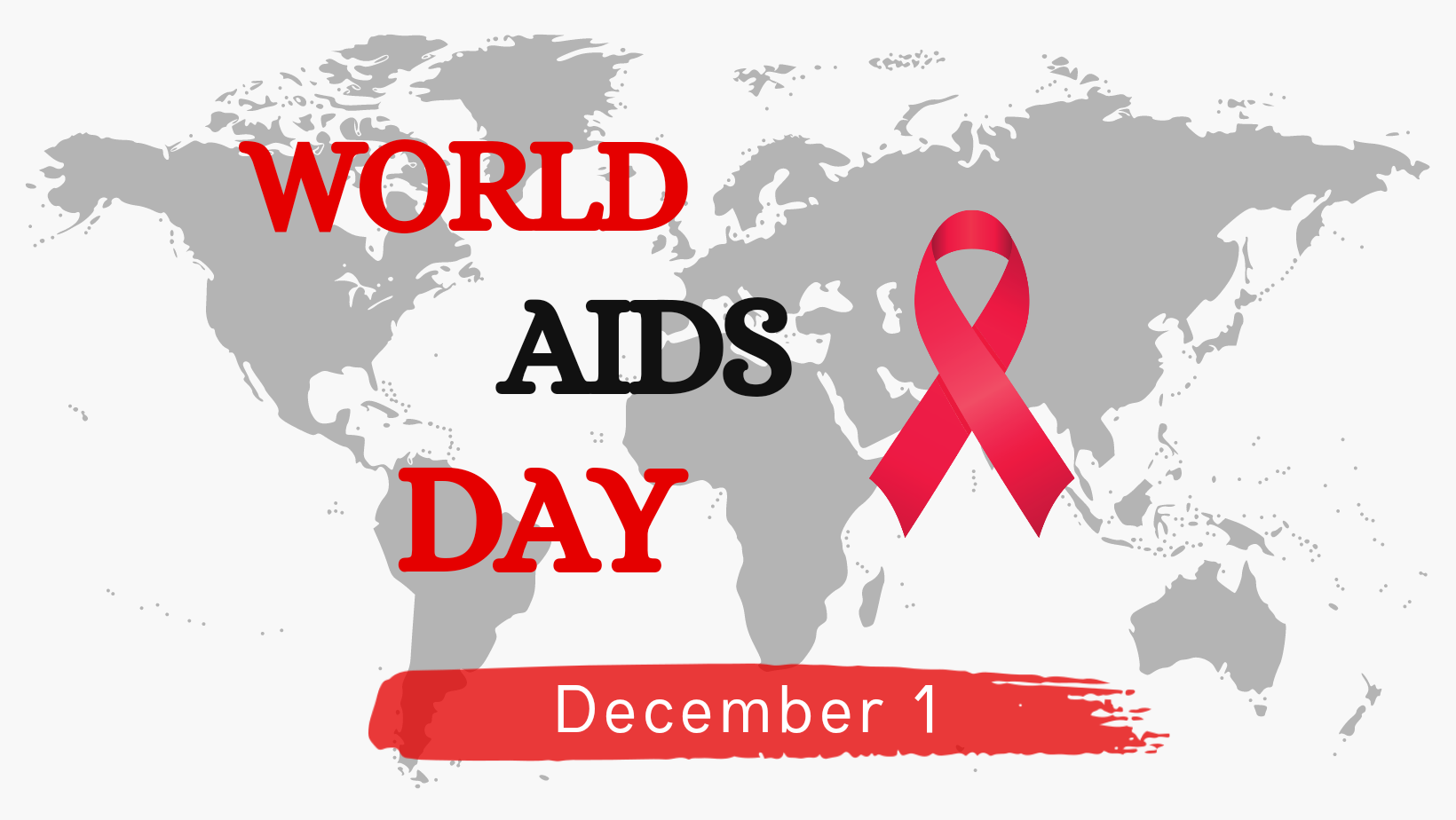A call for global solidarity to maintain HIV services
The WORLD AIDS DAY started in 1988 was the first ever global health day observed every year on December 1st to spread awareness about HIV epidemic, to speak out against HIV stigma and call for a greater response to move towards ending HIV epidemic in the world.
Bunn and Netter, the first public information officers of the World Health Organization's Global Program on AIDS, proposed a worldwide observance for those who had died from the disease, and who were living with the disease. They recommended December 1st as the annual day of observance.
The work of Bunn and Netter drew attention to the AIDS pandemic, helped alleviate some of the fear, stigma and ignorance surrounding the disease and unite people to fight against it.
AIDS is a chronic disease caused by the HIV (Human immunodeficiency virus) virus. The virus attacks the immune system and weakens people's defense against many infections.
HIV is transmitted through blood transmission, sexual contact and prenatal transmission. Various symptoms include fever, joint pain, muscle aches, sore throat, tiredness, weakness, unintentional weight loss, etc.
According to UNAIDS
In 2020, there were 37.7 million [30.2 million–45.1 million] people living with HIV.
1. 36.0 million [28.9 million–43.2 million] adults.
2. 1.7 million [1.2 million–2.2 million] children (0–14 years)
3. 53% of all people living with HIV were women and girls.
Studies from England and South Africa have found that the risk of dying from COVID-19 among people with HIV was double that of the general population. Sub-Saharan Africa is home to two thirds (67%) of people living with HIV.
In India in 2017:
1. 2 100 000 people were living with HIV.
2. 88 000 people were newly infected with HIV.
3. 69 000 people died from an AIDS-related illness.
There has been progress in the number of AIDS-related deaths since 2010, with a 56% decrease, from 160 00 deaths to 69 000 deaths. The number of new HIV infections has decreased, from 120 000 to 88 000 in the same period.
The theme of World AIDS Day 2021 is “End inequalities. End AIDS”. This year world aids day may feel different as the world’s attention has been focused on COVID-19 Pandemic and how it has affected the lives and livelihoods.
COVID-19 Pandemic has showed how health is interlinked with other critical issues. The COVID-19 pandemic has a consequential effect on health systems and other public services.
In many countries, HIV services have been hampered, and supply chains for key commodities have been extended.
Reports from civil society and other sources suggest that COVID-19-related restrictions had an undue impact on the most vulnerable, including marginalized and stigmatized communities.
Today we need greater strength and shared responsibility to beat the merging epidemics of HIV and COVID-19. The lesson the world has learnt from Covid-19 pandemic is to adopt people centered approaches, better health policies, more inclusive and gender responsive approaches and greater investments in global pandemic.
The Joint United Nations Programme on HIV/AIDS (UNAIDS) leads and inspires the world to achieve its shared vision of zero new HIV infections, zero discrimination and zero AIDS-related deaths.
UNAIDS unites the efforts of 11 UN organizations—UNHCR, UNICEF, WFP, UNDP, UNFPA, UNODC, UN Women, ILO, UNESCO, WHO and the World Bank—and works closely with global and national partners towards ending the AIDS epidemic by 2030 as part of the Sustainable Development Goals.




The Brief. Sign up to receive the top stories you need to know right now.